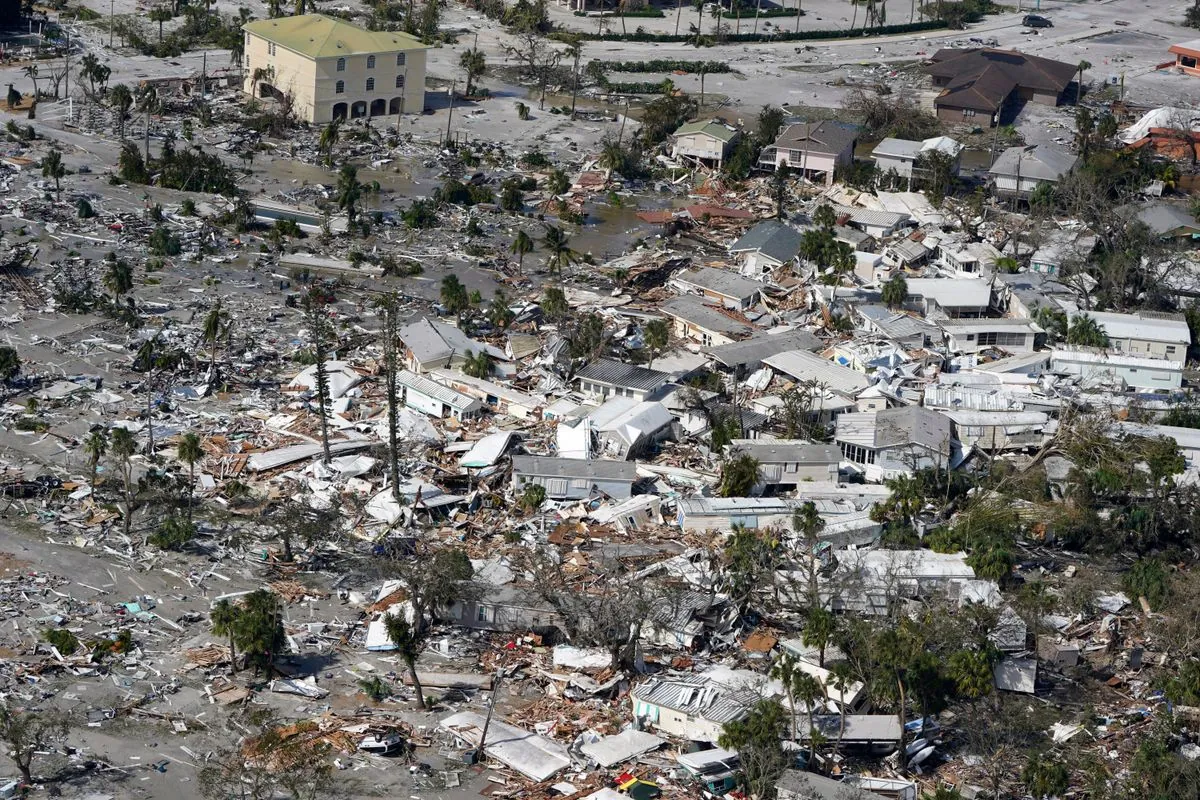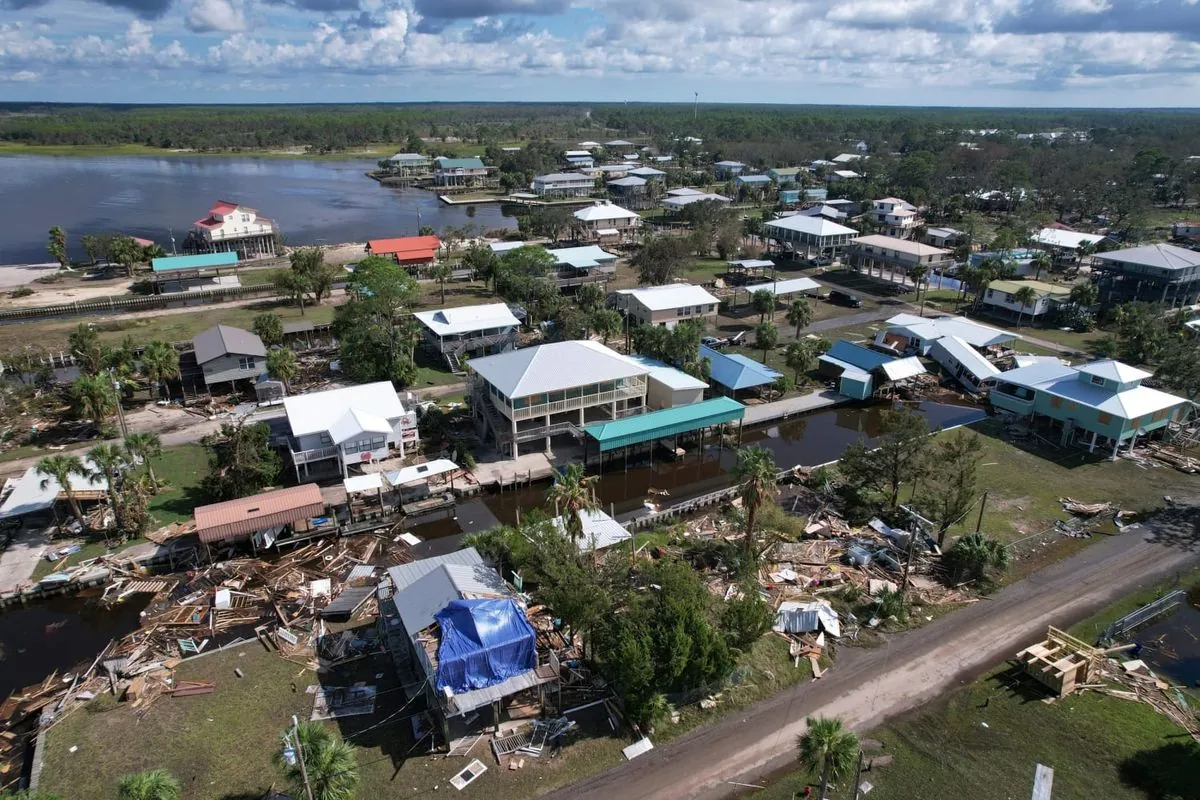Florida's Big Bend Reels from Third Hurricane in 13 Months
Residents of Florida's Big Bend region face unprecedented challenges after three hurricanes in just over a year. The community grapples with rebuilding, financial strain, and an uncertain future in the face of climate change.

In a span of just 13 months, Florida's Big Bend region has endured an unprecedented series of three hurricanes, leaving residents grappling with repeated destruction and an uncertain future. The most recent storm, Hurricane Helene, struck in September 2024, following Hurricane Debby in August 2024 and Hurricane Idalia in August 2023.
The impact on local communities has been severe. Brooke Hiers, a Horseshoe Beach town council member, had just moved out of an emergency trailer a month before Helene hit. Her newly renovated home, rebuilt after Idalia, was swept off its pilings by the latest storm.
"I've tried to use them all. Catastrophic. Devastating. Heartbreaking … none of that explains what happened here."
The repeated disasters have left many residents facing difficult choices. Some are considering abandoning their ancestral homes, while others are adapting by elevating structures or switching to mobile housing. However, these options are financially out of reach for many in this region, where affordable coastal living was once possible for working-class families.

The Big Bend area, known for its pristine salt marshes and undeveloped coastline, is now at the forefront of climate change impacts. With over 8,400 miles of Florida coastline, this 50-mile stretch has borne the brunt of intensifying storms, forcing residents to confront the realities of living in an increasingly vulnerable area.
Financial challenges compound the physical destruction. Many residents lack homeowner's insurance due to high costs or unavailability in flood-prone zones. Federal assistance through FEMA has been limited, leaving communities to rely largely on self-organized relief efforts.
Janalea England, a local business owner in Steinhatchee, has transformed her fish market into a donation distribution center. This grassroots response highlights the community's resilience but also underscores the lack of adequate external support.
The economic impact extends beyond housing. With marinas destroyed, restaurants collapsed, and vacation homes damaged, many residents have lost both their homes and livelihoods simultaneously. The closure of local sawmills and paper mills in the past year has further strained the region's economy.
As residents contemplate their future, some are considering unconventional solutions. Dave Beamer of Steinhatchee plans to switch to a mobile home, while others are reluctantly considering leaving the area altogether.
The repeated disasters are not just reshaping individual lives but threatening the very existence of these coastal communities. As climate change continues to fuel more intense hurricanes, the Big Bend region faces an existential crisis. The challenge now is not just rebuilding, but reimagining a sustainable future for these resilient coastal towns in the face of an increasingly hostile climate.


































